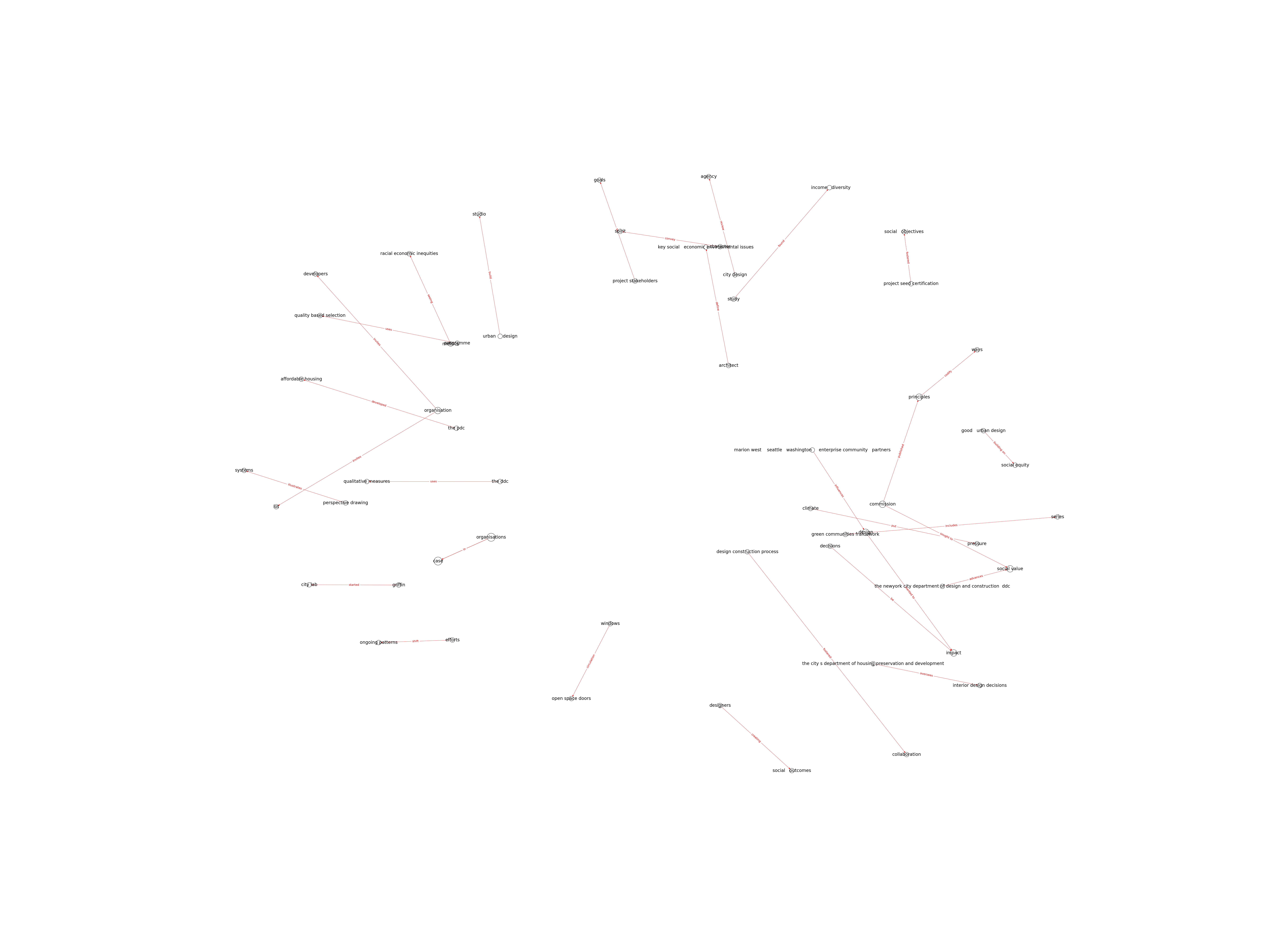| Id | 209 | |
| Author | Kubey, K., | |
| Title | Design for Impact: Measuring Architecture's Social Value in the United States. | |
| Reference | Kubey, K. (2020). Design for Impact: Measuring Architecture's Social Value in the United States. Architectural Design, 90(4): 14-21. |
|
| Keywords | Architecture; Impact; Social value; Participatory design; Equitable urban design |
|
| Link to article | https://onlinelibrary-wiley-com.sire.ub.edu/doi/epdf/10.1002/ad.2585 |
|
| Abstract | In a world where economic quantifiability seems to be paramount, urbanist Karen Kubey, a Faculty Fellow in Design for Spatial Justice at the University of Oregon, specialising in health and housing, examines how some US organisations are enhancing the case for participatory design, social impact and equitable urban design. |
|
| Metodology | The author provides four examples of US organisations and government agencies attempting to measure architecture’s human benefits, comparing their strategies and systems of evaluation. This article is based on separate phone interviews conducted by Karen Kubey in October and November 2019 with Toni L Griffin of the Just City Lab, Michaela Metcalfe of the New York City Department of Design and Construction, Justin Garrett Moore and Rebecca Macklis of the New York City Public Design Commission, Bryan Bell of the Social Economic Environmental Design (SEED) Network, and Nella Young of Enterprise Community Partners. |
Technique | Interview; Case studies |

Note: Due to lack of computing power, results have been previously created and saved in database


